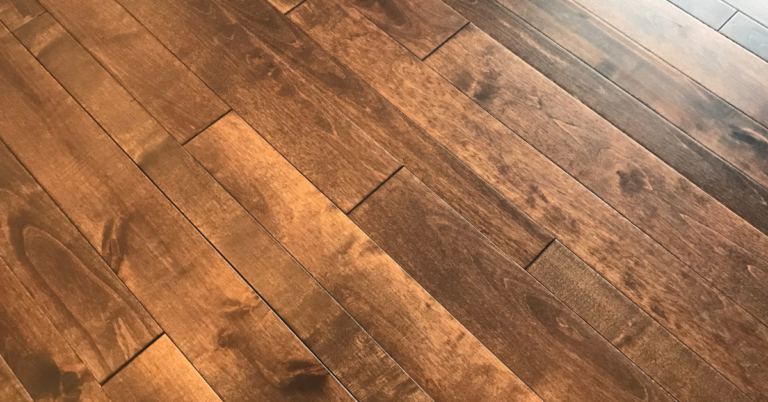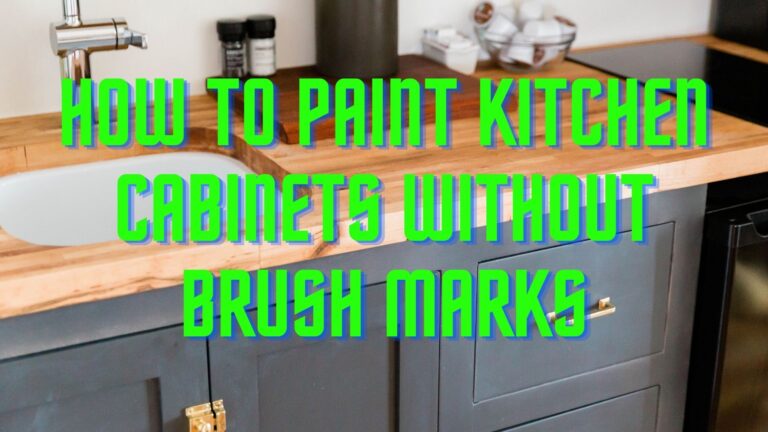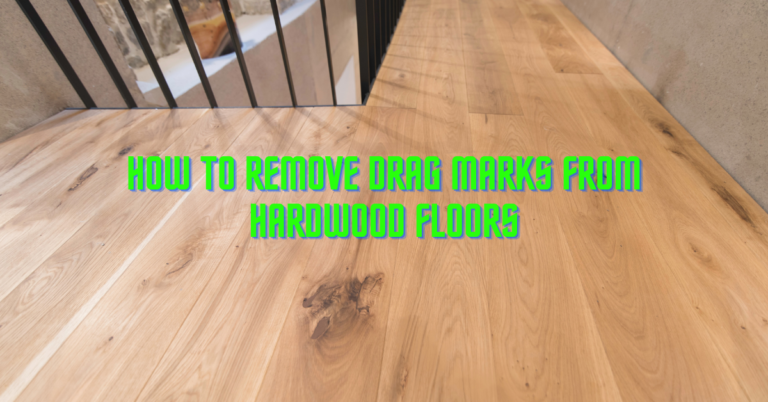How to Fill Cracks in Wood Before Painting
How to Fill Cracks in Wood Before Painting? Cracks may seem rather unattractive at one point in time or the other. There are, however, several products available that you could use to maintain a damaged piece of wood from undergoing more damages.
Not only would filling cracks give your wood a beautifying enhancement, but it would also allow the paint to last longer. The presence of cracks or holes in any surface allows for water collection, which causes the paint to peel.
There are a couple of common items such as Wood Putty and Wood Filler that you could use for this project to fix defects while they enable you to have a successful assignment carried out. Wood fillers are used to repair wooden objects, and in the process, they help fix minor defects such as cracks, holes, scrapes in wood, and so on. They tend to hide the imperfections in the wood, making the surface so attractive regardless of the type of wood.
This article consists of several methods by which one can fill cracks in wood before painting, outlined steps, and some tips that would help you have this done successfully. Read through this article and get well-detailed information.
All at a Glance
How to fill cracks in wood before painting
Using Wood Filler or Wood Putty
Get a filler compound that has the same color as the wood. Most preferable, crayon-shaped wood putty or wood filler. However, some of these products purchased online come in different colors.
So all you need to do is choose one that goes best with the kind of wood you’re working with. But in the absence of the exact color you want to work with. You can get some with different colors and mix till you get different shades. With the aid of your fingers, you put the filler into the hole or crack.
Rub the filler stick over the crack if you’re using one. After that, you make use of your fingers to spread it more. However, using a putty knife can also help you with the spread of the material over the crack if you’re using one.
Load the cracks with filling materials You shouldn’t stop applying the filling material to the crack until it is fully loaded in excess. That way, when you later sand and crack a flat and regular surface, it’d help it blend well due to the overfill.
Get a flat surface of the filler with a putty knife. You should properly flatten the material as much as possible before the wood dries up. However, there’s little or nothing to worry about if you don’t have a putty knife. You can just use your fingers or a clean rag over the crack, and you should do this carefully to avoid introducing debris.
Allow the wood filler a space of 8 hours to dry. The time recommendation for a filler to dry up for each product differs. So you have had to follow suit according to the stated label wait time.
The excess filter should be sand down completely. You should smooth the cracked area with a plane or fine-grit sandpaper. The filter material should be flattened against the wall as much as possible hence wearing away the excess. However, you should aim at getting a sandpaper grit between 120 and 220.
Making use of Epoxy in filling cracks.

Work in a well conducive area with your respirator mask on. You need to always stay safe while working. Epoxy isn’t something that you should inhale as it could be harmful to the health, so to avoid issues before and after working, just do as instructed and put on your respirator mask before you begin. However, your workplace should be free from family members or friends to ensure everyone’s safety.
Choose the right epoxy. In the bid to fill cracks in woods using epoxy, you must first get that which works best with the wood you’re working with.
In as much as you wouldn’t want to waste your time working with a product that won’t deliver the best results, then you sure wouldn’t go for something very cheap because most of these bottom shelves are sometimes either not good enough or were produced using older requirements. I’m equally not saying you should go for the very expensive ones too, but you can just aim for something in between to be on the safer side.
Consider the amount of open time the epoxy would allow you. Depending on the size of cracks on the wood. If you have a larger crack to fill, you should go for an epoxy that would give you more open time, and epoxy up to an open time of 60 minutes should do. However, if you have smaller cracks, epoxy products of about 5 minutes open time should do.
Get the epoxy tinted. Though this isn’t a critical step as you can use the epoxy without colors. However, most woodworkers enjoy coloring the epoxy hence matching it with the color of the wood they are working with so as for the crack to disappear or to create a kind of a beautiful pattern.
The interesting thing about tinting your epoxy is that you can do it with any color you want, and you can also add multiple colors to create colorful patterns.
Filling the mixture into the cracks. Now into the real business, we fill the cracks in the wood with the epoxy mixture. After tinted the epoxy, it’s just best you start filling the crack immediately before the mixture turns into a gel. All you need to do is just pour the epoxy into the crack and push it in as far as possible. Quite simple, isn’t it?
Allow the epoxy to dry up for some time. After about 2 to 4 hours, the epoxy hopefully should have dried up. So you press your fingernail into it to observe whether or not it’s dried. In the absence of dent, you’re good to go. If not, allow it to dry for a while more.
Making use of sandpaper, level the epoxy. As earlier stated, aim at getting a sandpaper grit of about (120-220). Flatten it to the epoxy applied area until it is well leveled with the other wood parts.
Color with a felt tip marker. You should do this to make your work much more cleaner without a trace of cracks being there. It can be done with a matching color of the epoxy used.
Using sawdust and glue to fill cracks
Get sawdust that matches the color of the wood you’re working with. The work of the sawdust is to help cover the blended and white-colored area, so it must match well with the wood you’re using. You can get the sawdust from the wood by sawing it for a perfect blend.
Make use of wood glue. Add the glue gradually to the sawdust until it reaches the entire space you want to repair. Add to the crack or hole. Apply the needed area with the help of a scraper. If you deal with a larger crack, you’d need to get a wood filler very deep into the crack as much as possible. After that, you use the scraper to remove excess filler from the surface and allow it to work.
After allowing the glue to cure for a while, you sand the area with a sandpaper grit of about (120-220) grit while you rub carefully down the repaired area until the filler is smooth and easily seen.
Prevention and tips when filling cracks in woods
- A face mask and latex hand gloves should be worn when you want to work. This is essential for our safety.
- You should wear a respirator in a bid to avoid inhaling wood particles that have been left in the air. However, working with chemicals could be hazardous.
- At any point in time, you will come across air bubbles, and as it were, you can’t prevent them, but you can carefully remove them without causing any problem. Also, you take a hot air gun and move it over the surface in motion. This will enable the bubbles to leave.
- You can make use of vinegar to remove epoxy from the skin.
- With the help of denatured alcohol, you can clean epoxy off the surface area.
Things you’d need while working with any of the three methods above
Using wood filler or putty
- Putty knife
- Sandpaper
- Filler stick or wood putty
Using epoxy
- Mixing cup
- Sandpaper
- Respirator mask
- Pigment or dye
- Stirring utensils
- Colored marker
Using sawdust and glue
- Sawdust
- Glue
- Sandpaper
Conclusion – How to Fill Cracks in Wood Before Painting
Having explained the methods and processes of filling cracks in woods in detail, it’d be much easier for you to carry out the task in no time. You could use several methods to carry this operation out successfully, and each one of the methods is just perfect to make do with.
However, some of the methods have higher chances than others. For instance, epoxy uses epoxy in filling cracks has a higher advantage of enabling you room to color your substance just as you wish. Regardless, each method has its peculiarities, and you’d undoubtedly, be able to carry out your operation successfully.
Important Reads:







